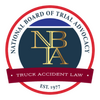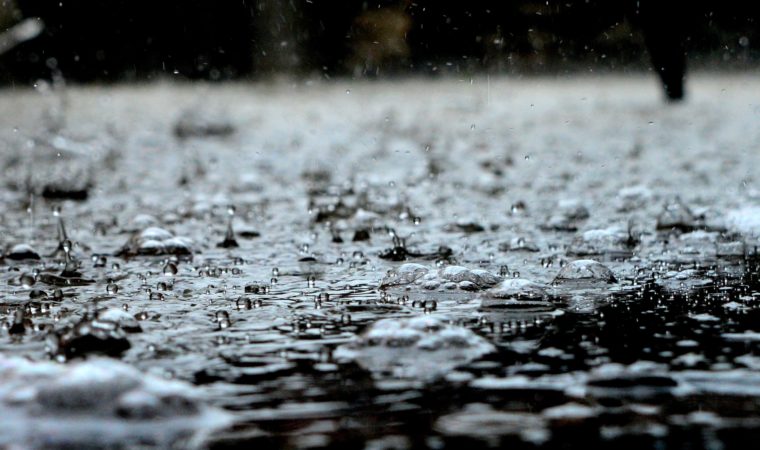You may have heard the saying “into each life a little rain must fall.” While rain is beneficial in a number of ways, it also presents challenges and sometimes hazardous conditions for drivers. However, a little preparation and knowledge can go a long way towards driving safely in the rain.
Before You Drive
Preparation starts with something that is often overlooked—making sure your windshield wiper blades are in good condition. The ideal time to do this is on a sunny day when you don’t need them. Just use the windshield washer function on your car and make sure your wiper blades clear the water out of your line of vision thoroughly. If they need to be changed, do it before the next expected rainfall.
Next, check your tires. Bald tires don’t grip the pavement well on a good day, and when it rains, the pavement tends to be slicker than usual. Bald tires and wet pavement are a dangerous combination.
In the Thick of It
We can’t control the weather, but we can control how we drive in it. Here are some things to keep in mind:
- In Missouri and some other states, there is a law that requires you to have your headlights on whenever you need to have your windshield wipers on to help you see better and to make it easier for other drivers to see you.
- Reduce your speed and maintain an even greater distance than usual from the car in front of you when it rains because there’s a higher risk of sliding or skidding on wet roads. This also reduces the amount of spray coming from the vehicle in front of you, which can limit your vision.
- Stay in the tracks made by the car in front of you.
- Remove your foot from the accelerator to slow down instead of using your brakes.
- Try to avoid driving at night in the rain, if possible. Visibility is reduced even further in the dark, and rain mixed with lights tends to make the problem worse.
- Don’t drive through deep puddles. If you can’t see the road through the water, driving through it could damage your vehicle’s electrical system and cause it to stall. Even worse—if the water is moving, your car could get swept away.
- If the rain is heavier than your windshield wipers can handle, pull over until the rainfall isn’t as heavy.
- If you don’t have to drive during a thunderstorm, stay where you are. If you are driving when a thunderstorm hits, pull over.
Following this advice doesn’t mean you will be able to avoid an accident altogether—you can never predict the actions of others. If you are in an accident caused by someone else and sustain injuries, consider contacting an attorney skilled in personal injury cases. An attorney will help you determine if you have a case and what your next steps should be.

















